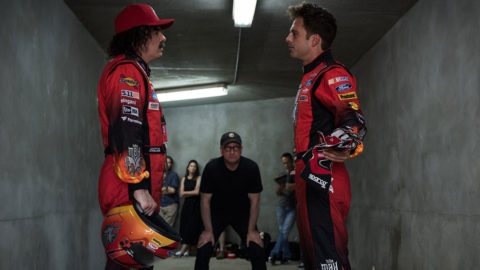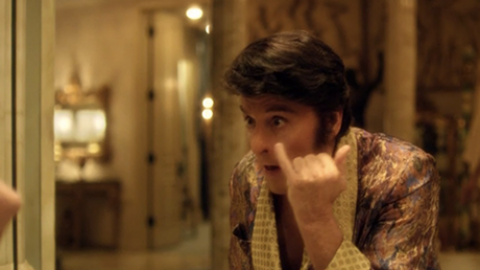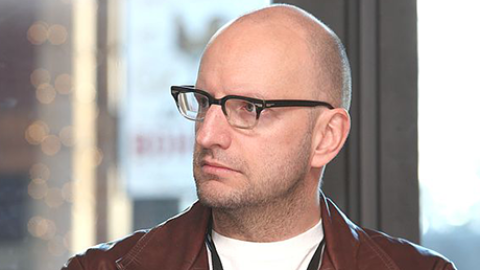By Amy Taubin in the January-February 2006 Issue
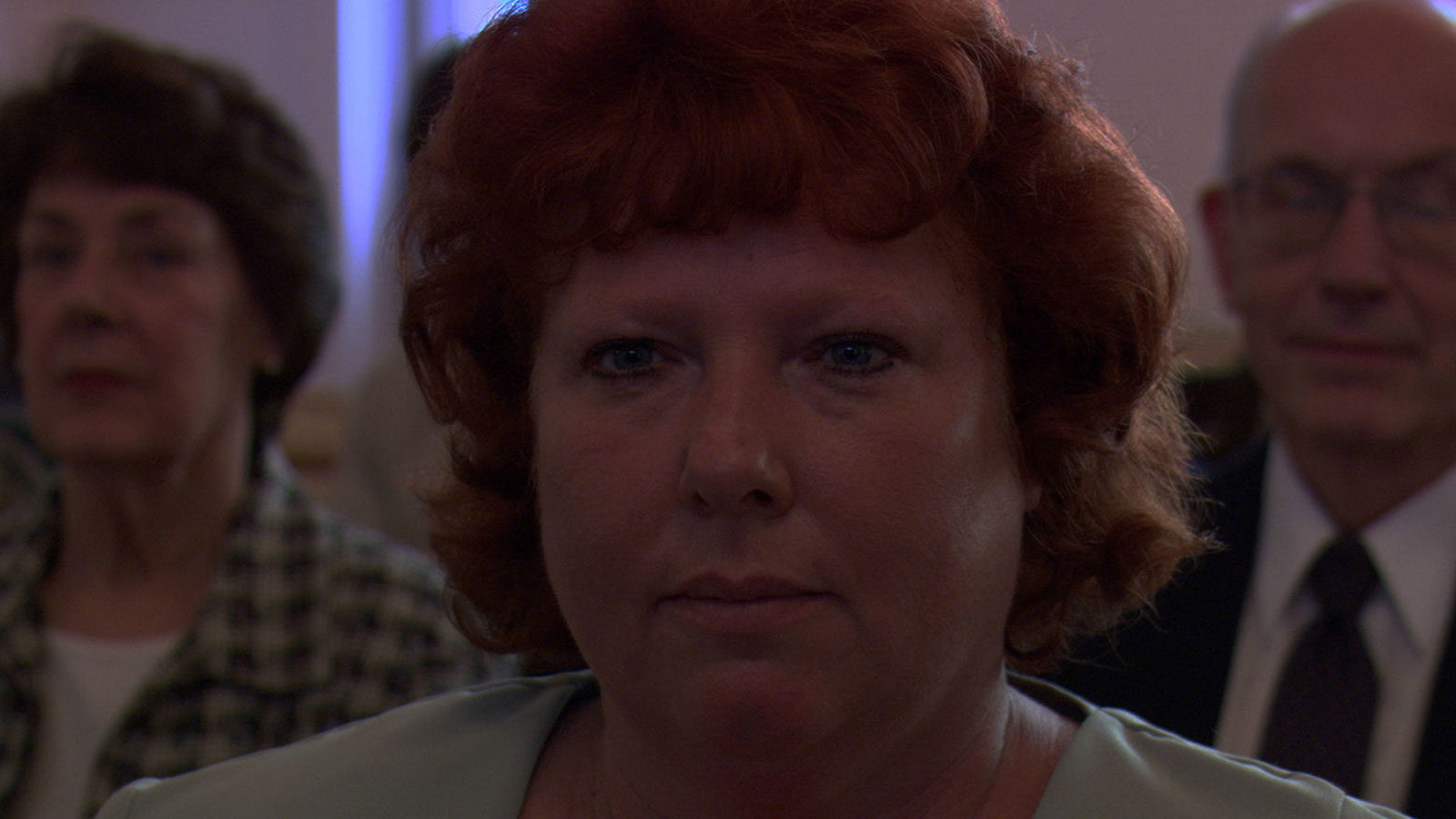
Review: Bubble
(Steven Soderbergh, U.S., 2005)
Is there another contemporary filmmaker whose work swings as unpredictably between the seductive and the alienating as does Steven Soderbergh’s? Much is made, as it should be, of his switches between big studio movies and frugal experimental indies. But it’s the emotionally and aesthetically “bipolar” nature of his oeuvre that’s more fascinating. Bubble is the first of a projected series of six quickies directed by Soderbergh and produced by Mark Cuban and Todd Wagner’s HDNet Films. It was planned as the first test of Cuban and Wagner’s well-hyped scheme to revolutionize film distribution and exhibition by collapsing the windows between theatrical, DVD, and pay-cable release so that movies open simultaneously in all markets. One imagines that HDNet hoped to launch their day-and-date concept with a film as irresistible as Soderbergh’s 1989 debut, sex, lies, and videotape, which effectively put American independent film on the cultural map. Instead, the director, who has been known to sidestep expectations, delivers a disconcerting mix of neo-neorealism and tabloid sensationalism.
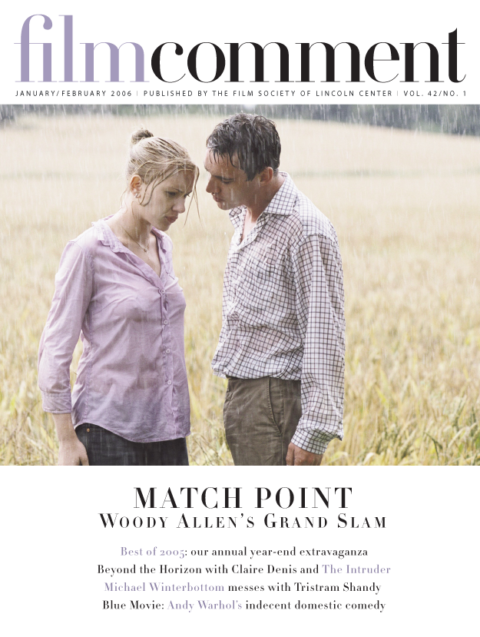
From the January-February 2006 Issue
Also in this issue
Set in America-the-bleak, specifically Belpre, Ohio, a town of some 6,500 inhabitants bordered on two sides by about a dozen hazardous-waste sites, Bubble concerns the thwarted romantic desire of Martha (Debbie Doebereiner), a middle-aged, heavy-set, plain-faced woman, for Kyle (Dustin James Ashley), a young, good-looking co-worker in a doll factory on its last legs. Martha believes she and Kyle have a special friendship, a fantasy of which the passive Kyle seems unaware. When Rose (Misty Dawn Wilkins), a young, flirtatious, divorced mom, joins the minuscule factory crew and puts the moves on Kyle, Martha is immediately jealous. And when Rose asks Martha to baby-sit while she goes out on a date, and the date turns out to be with Kyle, Rose feels humiliated and betrayed. The next day Rose is found strangled, and Martha is arrested for her murder. Did Martha, whose grip on reality is not that firm, kill Rose during one of her periodic blackouts? The police chief lays out the case against her persuasively enough to convince even Martha herself of her guilt. The film, however, leaves room for other conclusions.
Bubble—the title refers to an enclosed consciousness that is not exclusive to inhabitants of the Beltway, and perhaps also to the witches’ incantation in Macbeth, “Double, double, toil and trouble”—is less a whodunit than an experiment in confounding fact and fiction. Soderbergh cast residents of the Belpre area who had no acting experience, and they bring a verisimilitude to the film that would be impossible to achieve with professional actors. Which is to say that this familiar, tawdry narrative gets a new lease on life, by virtue of the awkwardness, the diffidence, and the emotional blockages of these first-time actors, who are closer to Bresson’s “models” than the cast members of reality TV shows. It’s the opaqueness of Doebereiner’s expression that makes us watch her. Something in her eyes suggests she is so habituated to swallowing her anger and grief that she doesn’t even know those feelings exist in her. Soderbergh, who is cinematographer and editor as well as director, lingers repeatedly on Doebereiner in close-up as if he were probing a wound or stubbornly waiting for a revelation that is never going to come.
Shooting in Hi-Def, Soderbergh eschews the kinetic, restless camera movement that had become his signature. Here, the camera seems as stuck as the characters in front of the lens. “I’m very ready to get out of this area,” Rose says at one point. “Why is that?” inquires Martha, as if Rose’s desire to move was utterly foreign to her. “Because there’s nothing here,” replies Rose. The camera is unsparing in showing us that nothingness—vast factories nearly emptied of workers, houses as dark and flimsy as cheap motels. For the record, although in income and education Belpre ranks below the Ohio average, there have been no murders in the town, at least not in the past two years.



